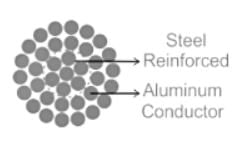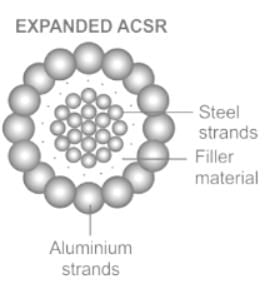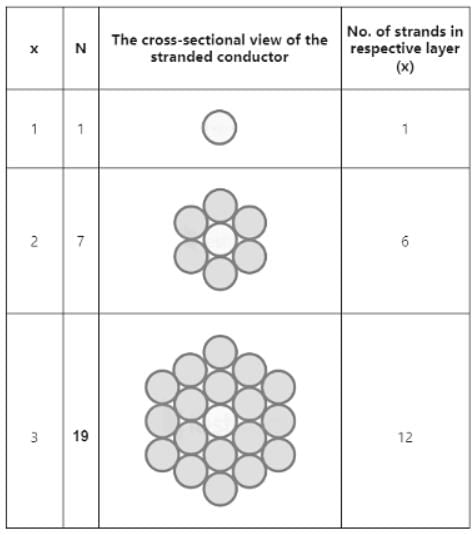Electrical Engineering (EE) Exam > Electrical Engineering (EE) Tests > Power Systems > Test: Types of Conductors - Electrical Engineering (EE) MCQ
Test: Types of Conductors - Electrical Engineering (EE) MCQ
Test Description
10 Questions MCQ Test Power Systems - Test: Types of Conductors
Test: Types of Conductors for Electrical Engineering (EE) 2025 is part of Power Systems preparation. The Test: Types of Conductors questions and answers have been
prepared according to the Electrical Engineering (EE) exam syllabus.The Test: Types of Conductors MCQs are made for Electrical Engineering (EE) 2025 Exam. Find important
definitions, questions, notes, meanings, examples, exercises, MCQs and online tests for Test: Types of Conductors below.
Solutions of Test: Types of Conductors questions in English are available as part of our Power Systems for Electrical Engineering (EE) & Test: Types of Conductors solutions in
Hindi for Power Systems course. Download more important topics, notes, lectures and mock
test series for Electrical Engineering (EE) Exam by signing up for free. Attempt Test: Types of Conductors | 10 questions in 10 minutes | Mock test for Electrical Engineering (EE) preparation | Free important questions MCQ to study Power Systems for Electrical Engineering (EE) Exam | Download free PDF with solutions
Detailed Solution for Test: Types of Conductors - Question 1
Test: Types of Conductors - Question 2
The ACSR (Aluminium Conductor Steel Reinforced) provides ______ sag and ______ Span than copper conductors.
Detailed Solution for Test: Types of Conductors - Question 2
Test: Types of Conductors - Question 3
If ACSR conductor has specification as 48/7, which of the following statement is correct for the conductor?
Detailed Solution for Test: Types of Conductors - Question 3
Test: Types of Conductors - Question 4
When subjected to short circuit, ______ conductor would experience maximum damage.
Detailed Solution for Test: Types of Conductors - Question 4
Test: Types of Conductors - Question 5
In cadmium copper conductors, addition of 1% to 2% cadmium to copper increases the tensile strength by approximately __________.
Detailed Solution for Test: Types of Conductors - Question 5
Test: Types of Conductors - Question 6
Which of the following is not a valid advantage of bundle conductor?
Detailed Solution for Test: Types of Conductors - Question 6
Detailed Solution for Test: Types of Conductors - Question 7
Test: Types of Conductors - Question 8
A.C.S.R conductor having 7 steel strands surrounded by 25 aluminium conductors will be specified as
Detailed Solution for Test: Types of Conductors - Question 8
Test: Types of Conductors - Question 9
Bundled conductors are mainly used in high voltage overhead transmission lines to
Detailed Solution for Test: Types of Conductors - Question 9
Detailed Solution for Test: Types of Conductors - Question 10
|
30 videos|101 docs|45 tests
|
Information about Test: Types of Conductors Page
In this test you can find the Exam questions for Test: Types of Conductors solved & explained in the simplest way possible.
Besides giving Questions and answers for Test: Types of Conductors, EduRev gives you an ample number of Online tests for practice


























